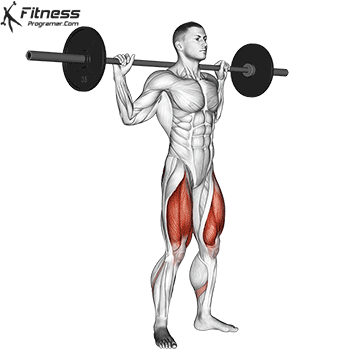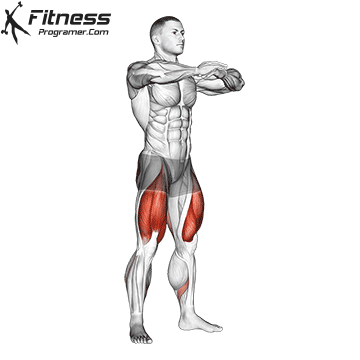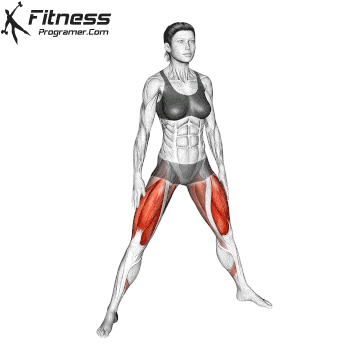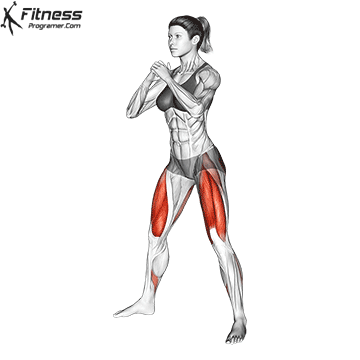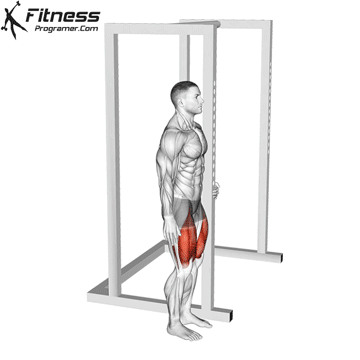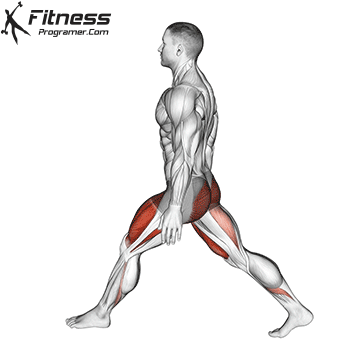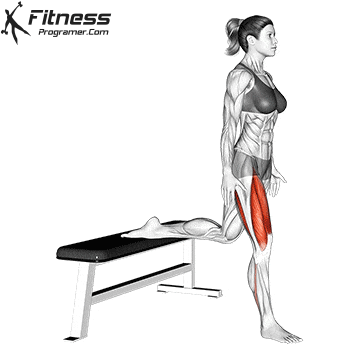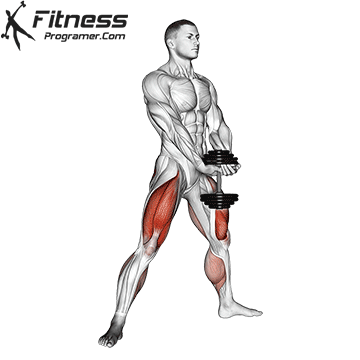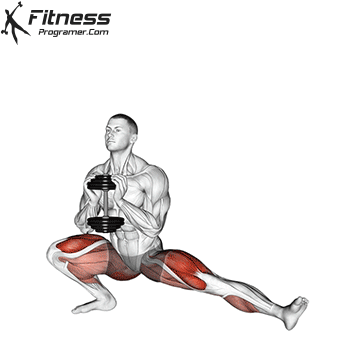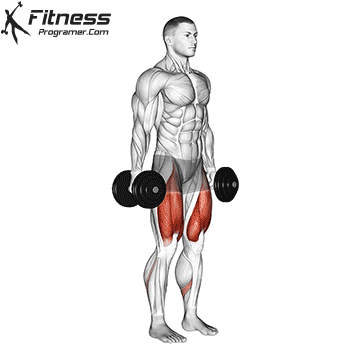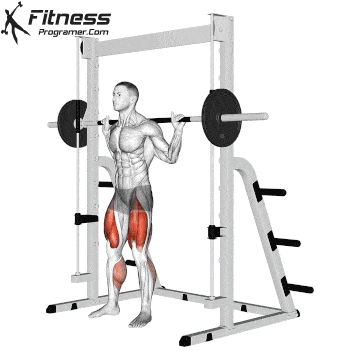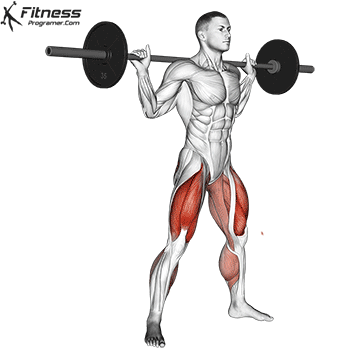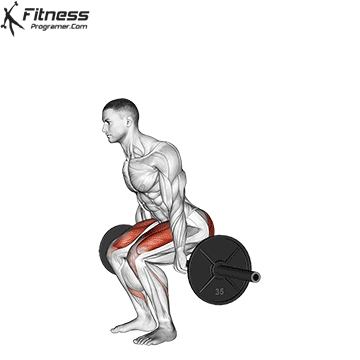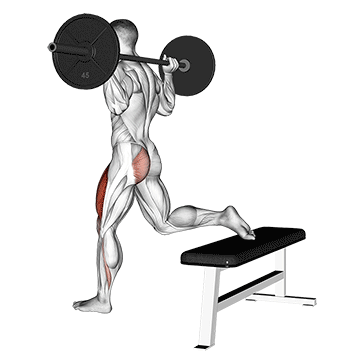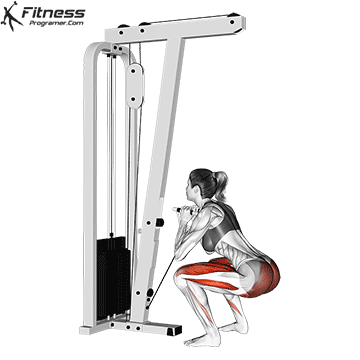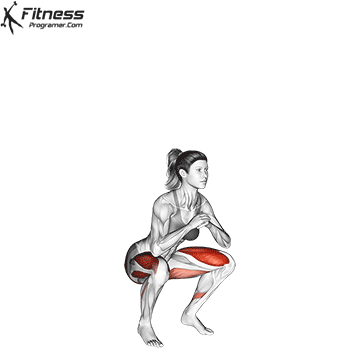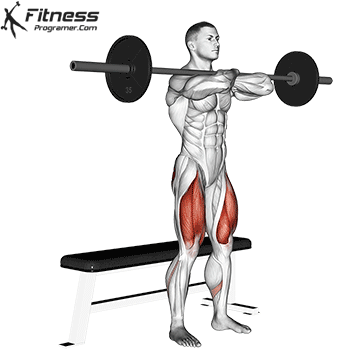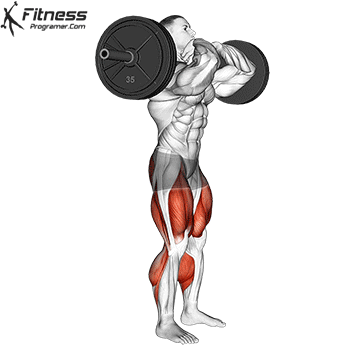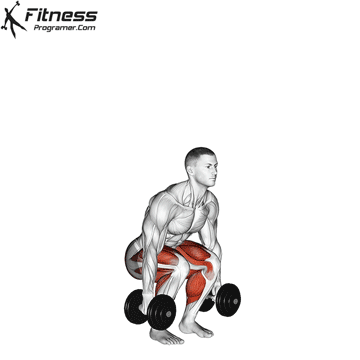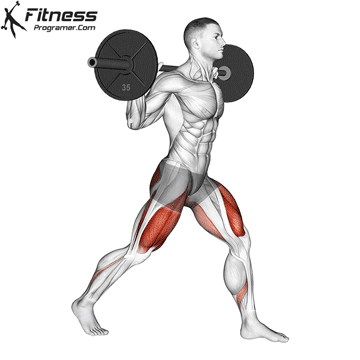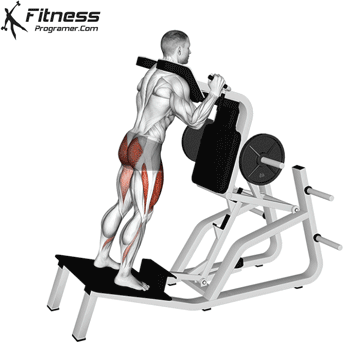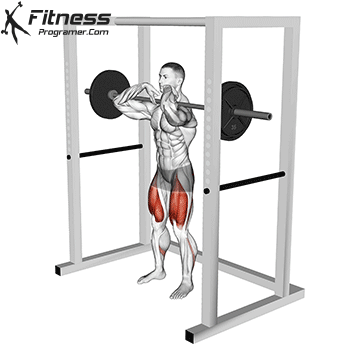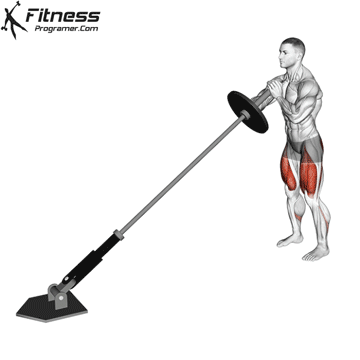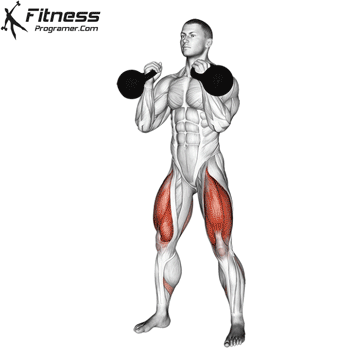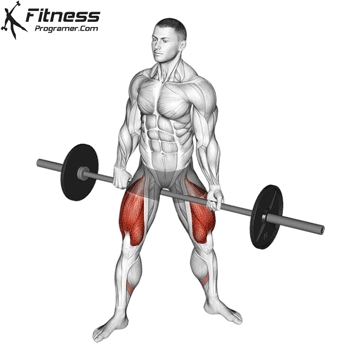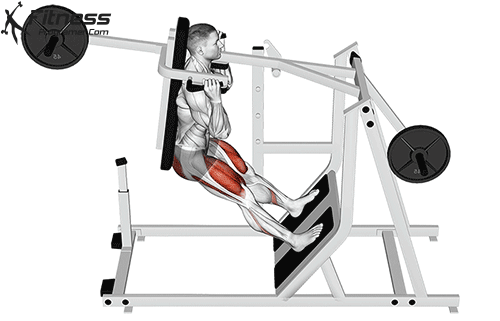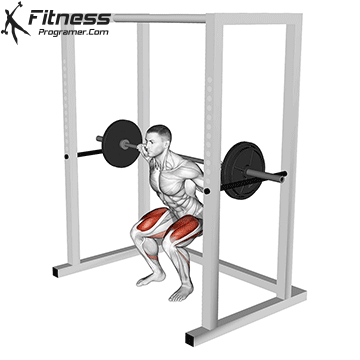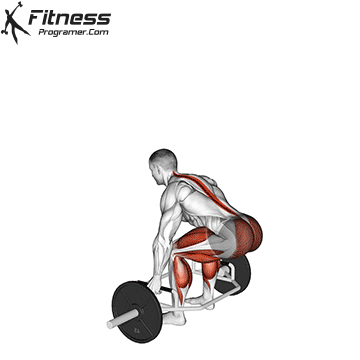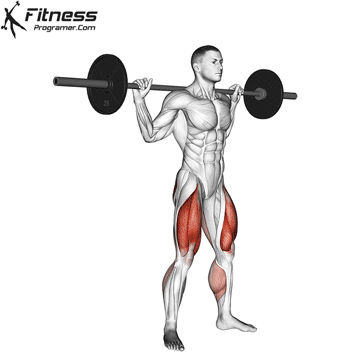Overview
The barbell squat is a strength training exercise that targets the muscles of the lower body, particularly the quadriceps, hamstrings, and glutes. It is a compound exercise, meaning it works multiple muscle groups simultaneously. The exercise is performed using a barbell, which is a long, straight bar that is weighted with plates. Often referred to as the king of all lifts, it is a staple in powerlifting, bodybuilding, athletic training, and general fitness due to its versatility and effectiveness.
How to perform Barbell Squat
Set the barbell on a squat rack just below shoulder height. Step under it and rest the bar across your upper traps or rear delts.
Grip the bar firmly, pull your elbows down and under, and lift the bar off the rack.
Step back, set your feet shoulder-width apart, and brace your core.
Lower your body by pushing your hips back and bending the knees, keeping your chest upright.
Descend until your thighs are parallel to the ground or lower if mobility allows.
Drive through your heels to return to the standing position, keeping the spine neutral.
Tips for Proper Form
Brace your core before each rep to protect your lower back.
Keep your chest up and avoid leaning too far forward.
Push your knees out in line with your toes during the descent.
Grip the bar tightly to engage the upper back and lats.
Maintain a flat back and avoid rounding through the spine.
Common Mistakes
Letting the knees collapse inward, which stresses the joints.
Squatting too shallow, reducing range of motion and effectiveness.
Lifting the heels off the ground, which reduces stability.
Excessive forward lean, increasing the risk of back strain.
Improper bar position, leading to discomfort or instability.
Note: An incorrect squats technique can cause injuries. For this reason, it is recommended that those starting to squats for the first time should start with body weight.
Benefits of the Barbell Squat
Builds full-body strength: Targets the lower body while engaging the core, upper back, and stabilizers.
Promotes muscle hypertrophy: Ideal for building size and strength in the quads, glutes, and hamstrings.
Enhances functional movement: Improves ability to perform everyday movements like lifting and sitting.
Boosts athletic performance: Supports speed, power, and explosiveness for sports and high-impact training.
Strengthens bones and joints: The load-bearing nature helps increase bone density and joint resilience.
Improves posture and balance: Engages stabilizers to support spinal alignment and control.
Highly scalable for all levels: From beginners to advanced lifters, weights and depth can be adjusted.
How to Incorporate Into Your Routine
- For Beginners: Use just the bar or light weights for 2 to 3 sets of 8 to 10 reps while learning form.
- For Hypertrophy: Perform 3 to 4 sets of 8 to 12 reps with moderate to heavy weight and full depth.
- For Strength: Aim for 4 to 5 sets of 4 to 6 reps at heavier loads with longer rest periods.
- For Functional Training: Include tempo squats or pause squats to develop control, mobility, and joint strength.
- For Circuit Training: Perform barbell squats with lighter weight for 10 to 15 reps between other full-body movements.
- For General Fitness: Add squats 1 to 2 times weekly for total lower body and core development.
- For Mobility and Recovery: Use light loads and full-depth range to improve joint function and movement patterns.
Barbell Squat Muscles Worked
The barbell squat is a compound exercise that primarily targets the muscles of the lower body, including:

Frequently Asked Questions
Is the barbell squat suitable for everyone?
Yes, but it’s important to adjust weight and depth based on individual ability and mobility. Beginners can start with bodyweight or dumbbell squats first.
Where should I position the bar?
You can use a high-bar (on traps) or low-bar (across rear delts) position depending on comfort and training goals.
How deep should I squat?
Aim for thighs parallel to the ground or deeper, as long as you can maintain proper form and control.
Can barbell squats hurt your knees or back?
Not if performed correctly. Use proper technique, warm up thoroughly, and avoid excessive loading without building proper strength first.

